Jaspers guide to whisky, whiskey & bourbon
More than a 101 guide, we unfold an abridged history of the liquid gold that lines our jarrah shelves, what influences its creation, and hear from Charles MacLean MBE on the importance of water.
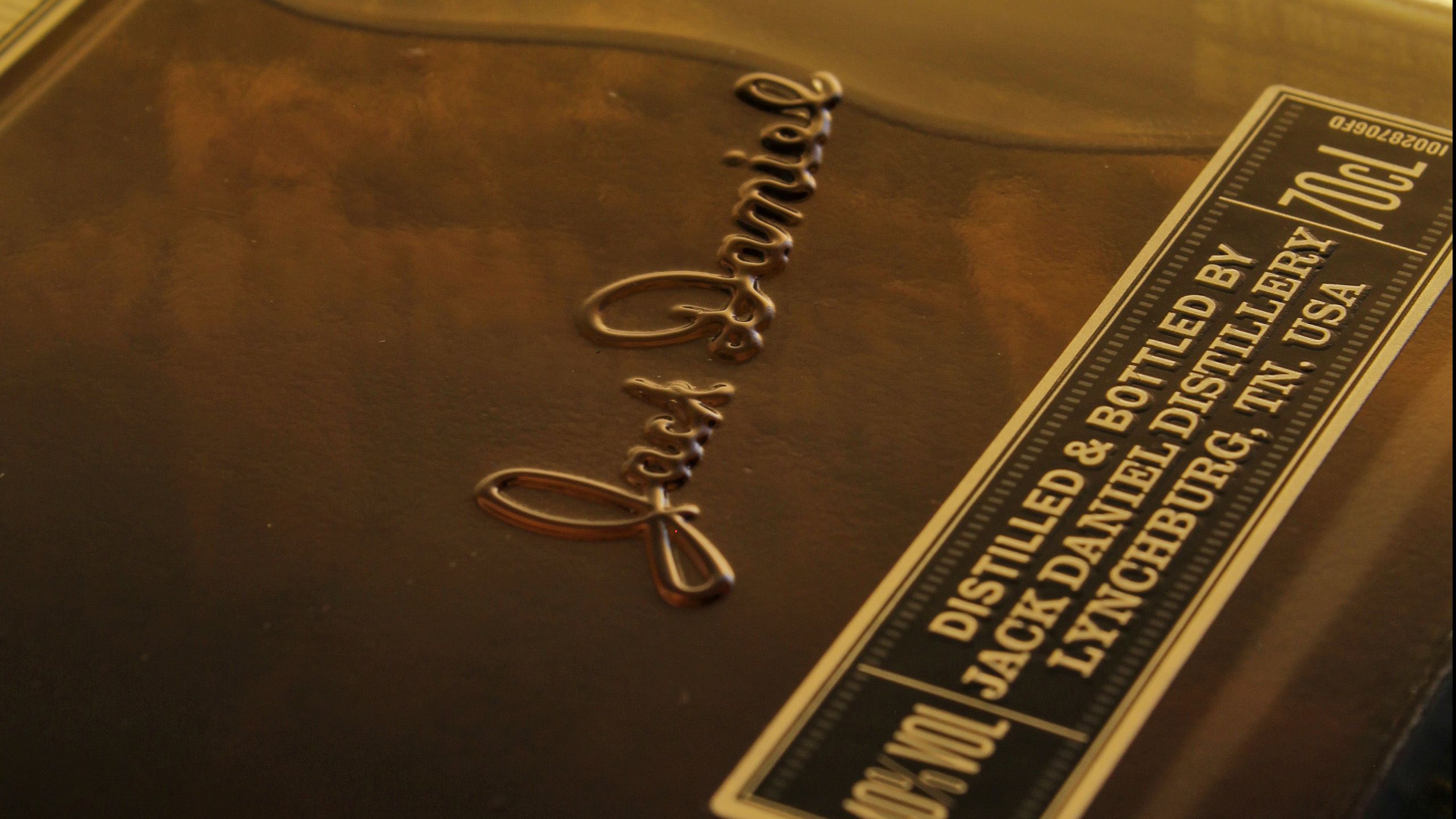
Let's start with the key ingredients.
Jaspers was built in Pemberton as a whisky bar and restaurant, as the Southern Forests region's pure and natural landscape, with its winding rivers and tribulations, unique flavours drawn from fertile soils, and the cool outdoors climate sit in harmony with the purity of whisky.
Whisky and Pemberton are natural, timeless and treasured.
Pemberton's myriad trails and rolling natural landscape offer all the ingredients for an escape into nature, which offers us a neat segue into our first insight into whisky and bourbon: their key ingredients.
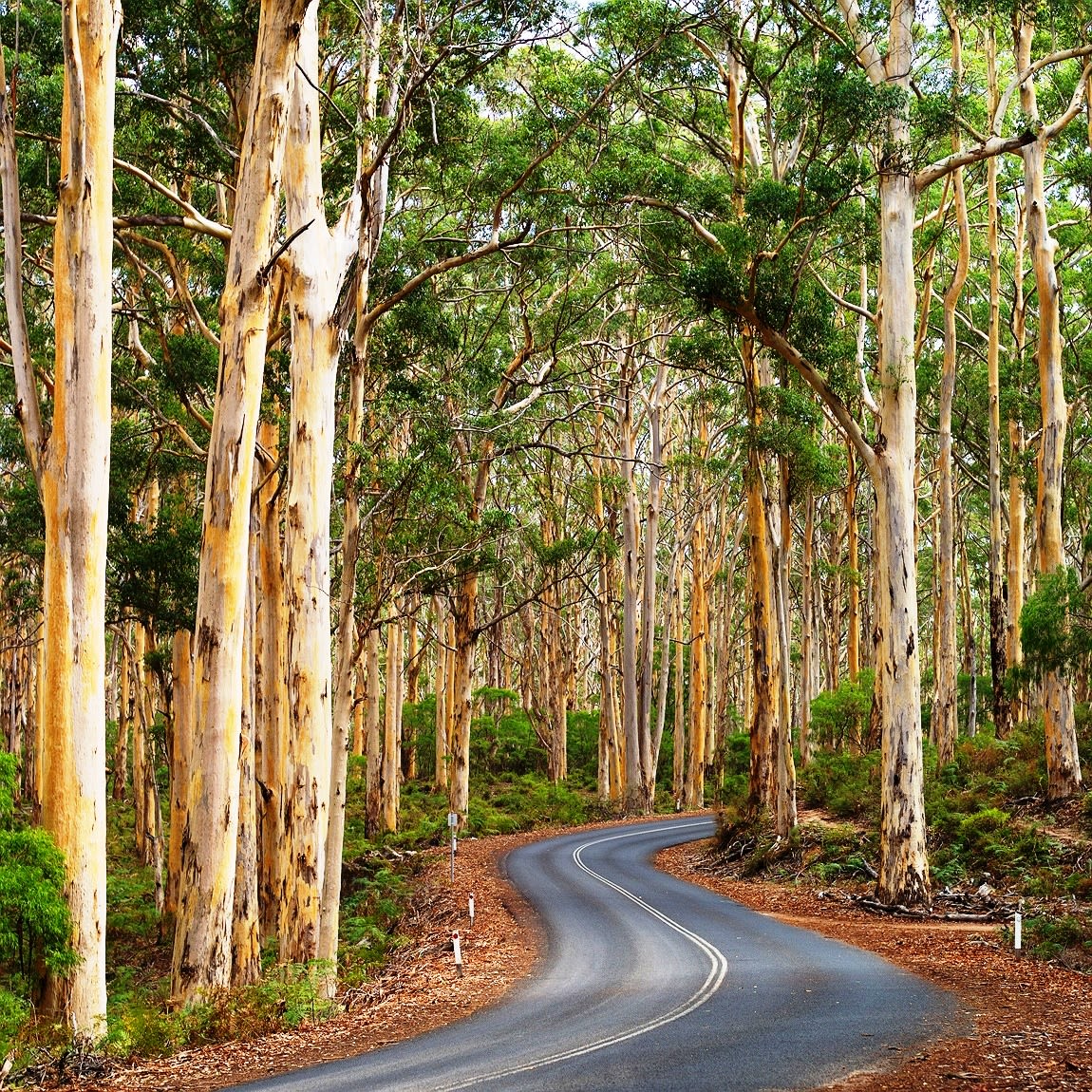
No.1 – Grain:
The starting point is arguably either the grain or the water. We’ll go with the grains as once you’ve chosen your location, the water source is usually fixed, while the grains can always be played with.
The types of grains used mainly determine the final flavour and character of the whisky, with the most common grains being corn, barley, wheat, and rye. Each grain contributes its own unique flavour, with corn providing a sweet, smooth taste, barley providing a rich, malty flavour, wheat giving a smooth, slightly sweet flavour, and rye giving a spicy, bold flavour.
Bourbon can only be called bourbon if it comprises at least 51% corn. Read more about bourbon below.
Whisky is typically a mix of fermented grains (more commonly called cereals in Scotland) and to be called 'scotch’ must use malted barley, which offers delightful toffee, caramel and brown sugar notes.
No.2 – Yeast:
There's an old saying in the industry, that you can't make good whisky without good wash. The 'wash' is where yeast is added to the wort (or mash for bourbon), but is technically the end of this fermentation process. Yeast is responsible for converting the sugars in the grain into alcohol.
Recently, distillers have been paying with strains of yeast to imbue new flavours into their expressions, such as Benromach who's mix of winter ale-dried yeast, Kerry M and MX varieties bring more prominent orchard notes in the wash.
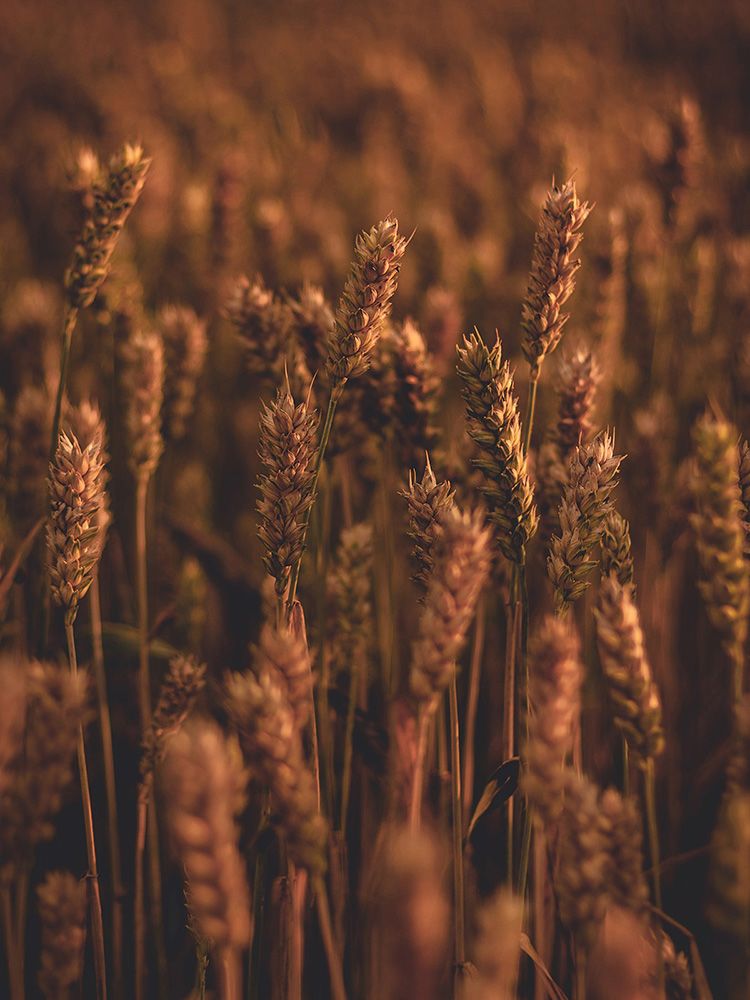


“Whisky making is an act of cooperation between the blessings of nature and the wisdom of man.”
– Masataka Taketsuru
No.3 – Water
Our next key ingredient is water.
Water is used at every stage of the process, starting with mash preparation where malted barley is mixed with hot water to create a sugary liquid called wort (or 'mash' in America). The specific taste and mineral makeup of the water, therefore, has an immediate impact on the resulting wort/mash.
After the mashing process, the wort is fermented to create alcohol and then distilled to increase the alcohol content and concentrate the flavours. At this point, the alcohol and water are separated. While ageing in any manner of cask, water plays its part with the spirit taking on characteristics of both the cask and water. Finally, water plays a huge role in turning whisky from 'cask strength' (around 60% ABV) to the more popular 40-45% ABV by literally watering it down.
At Jaspers, we offer you water on the side as directed by revered whisky author of 40 years, Master of The Quaich (the whisky industry's highest accolade), Charles MacLean MBE, whose Whisky Tasting Notebook was exclusively created with us, and sold at Jaspers.
As Charles explains, "... also we don't add ice (it closes down the aroma), but we do add a drop of water... since this opens up the aroma."
The source of water then becomes a unique selling point (USP) for each distillery, with single source fresh spring used solely by single distilleries, imbuing specific flavours and minerals in their output, such as the spring waters from Islay that pass through peaty bogs, or Tasmania's wonderfully pure spring waters.
No. 4 – Casks:
The type of cask used to age the whisky is a critical ingredient. Oak is the most commonly used wood for ageing whisky, and the type of oak, as well as the way it's been treated, can have a significant impact on the final flavour of the spirit.
The Scottish whisky industry tips its hat to American bourbon, as a huge majority of all bourbon oak casks can be only used once. Afterwards, the whisky industry imports these precision-made, aged casks in their millions. These casks have already enjoyed many years ageing bourbon, with all its characteristic toffee, and caramel sweetness, thus offering a flavoursome canvas for ageing whisky. On labels, you'll see descriptions such as 'ex-hogshead', 'ex-bourbon', and 'ex-oak' – and we all have the bourbon industry to thank for these.
Sherry casks are also hugely popular, as they offer those delightful rich Christmas-cake flavour profiles, with brands such as Macallan using casks exclusively from a single Spanish region of that grows the Pedro Ximenez grape variety (also known as PX casks).
Distillers love to experiment with all manner of casks, from white and red wine to dark rum and more, while the innovative Irish brand, Kinahans has an expression called the Kask Project, which delved into the unknown and was aged inside barrels that were created with no less than five types of wood – Portuguese, American, French and Hungarian oak, as well as chestnut – that offers a carnival of flavours in each shot.
Then where you place a barrel or cask plays its part. Take the same spirit and stack it in the shade in the heat of Australia, versus residing in a snow-covered warehouse being battered by oceanic spray and you'll get vastly different outcomes.
The size of the cask, or barrel also plays a role, and there's a whole page in Jaspers Whisky Menu that's dedicated to casks.
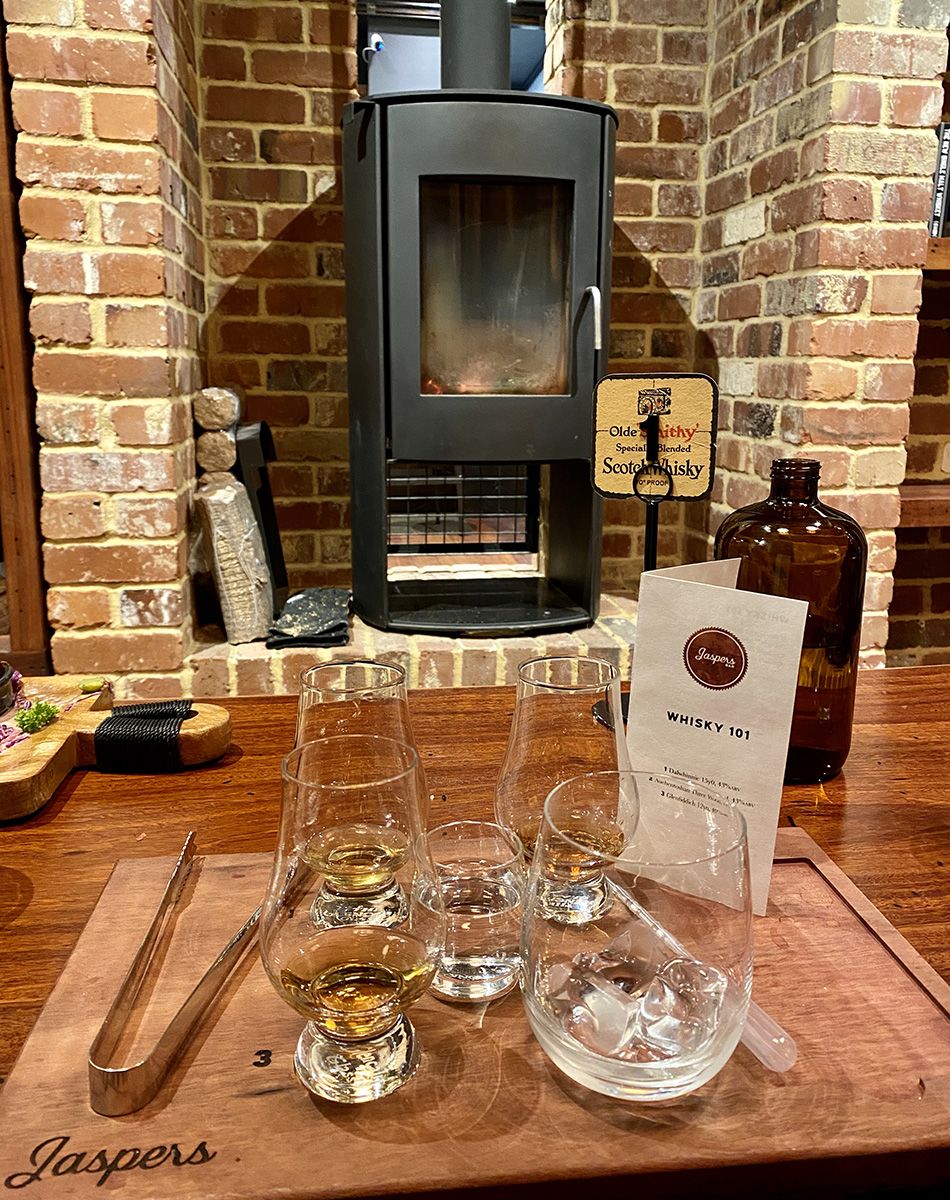
Jaspers Whisky 101 Flight... All our 'whisky flights' are presented on a bespoke jarrah board, with three Glencairn whisky-tasting glasses, water, ice, tongs (for the ice), a pipette (for the water), and our own tasting guide which unfolds the flavours and stories of the trio of drams to be enjoyed.
Jaspers Whisky 101 Flight... All our 'whisky flights' are presented on a bespoke jarrah board, with three Glencairn whisky-tasting glasses, water, ice, tongs (for the ice), a pipette (for the water), and our own tasting guide which unfolds the flavours and stories of the trio of drams to be enjoyed.
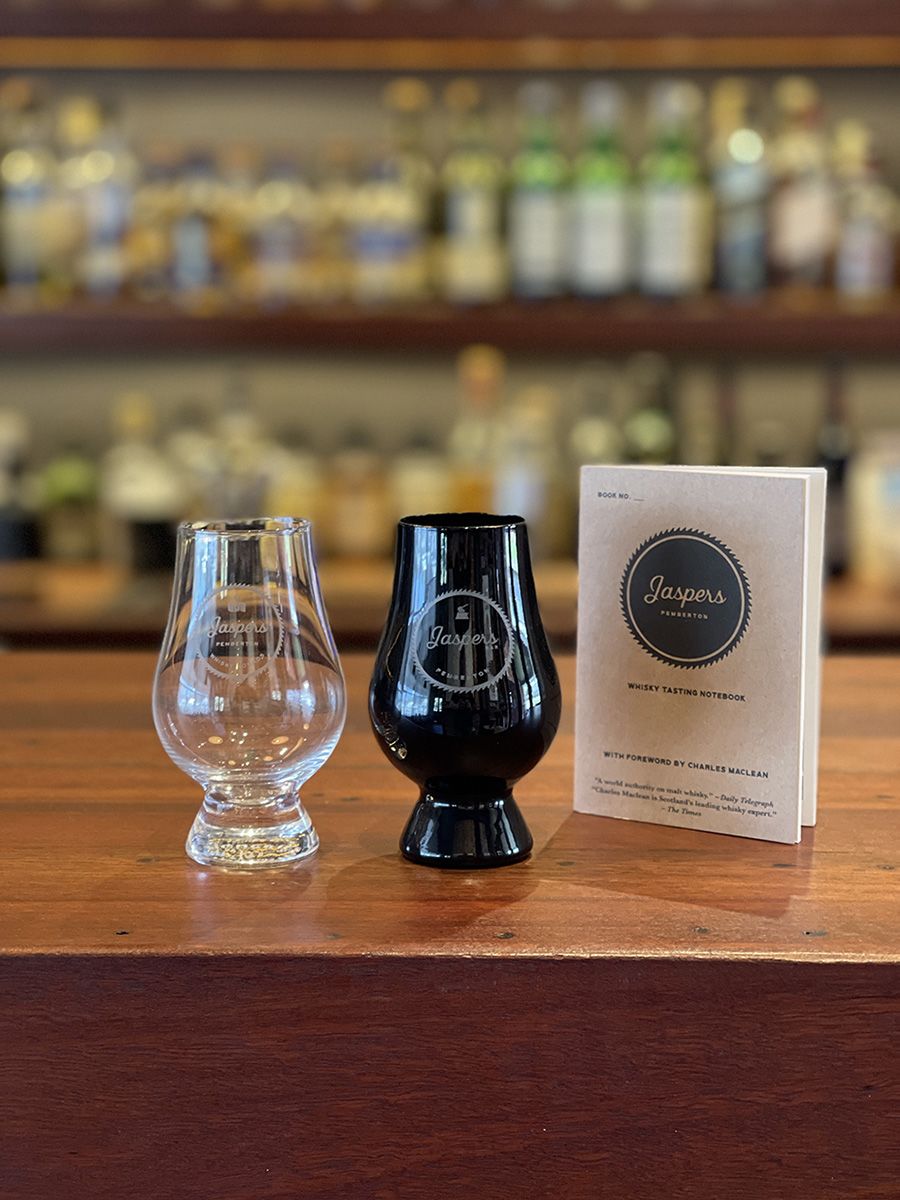
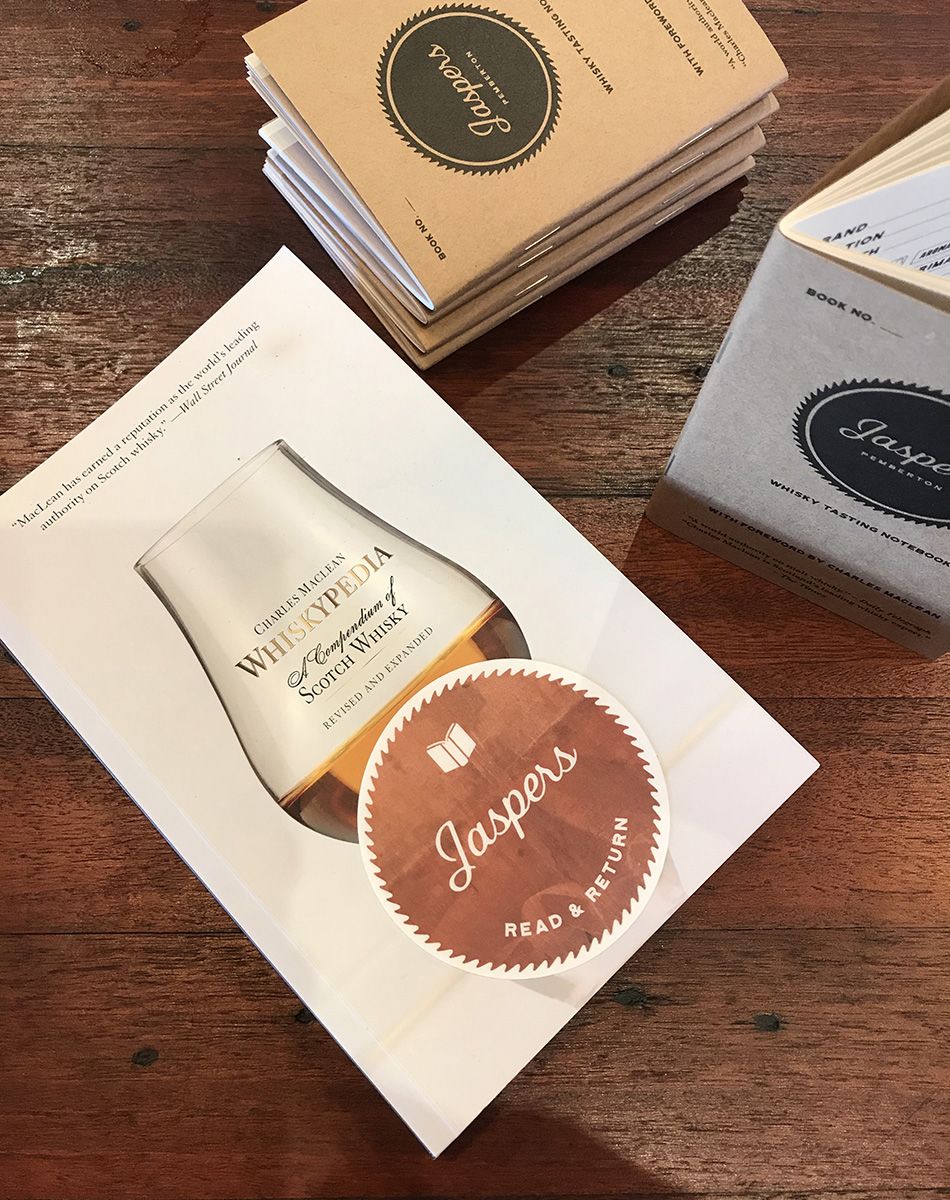
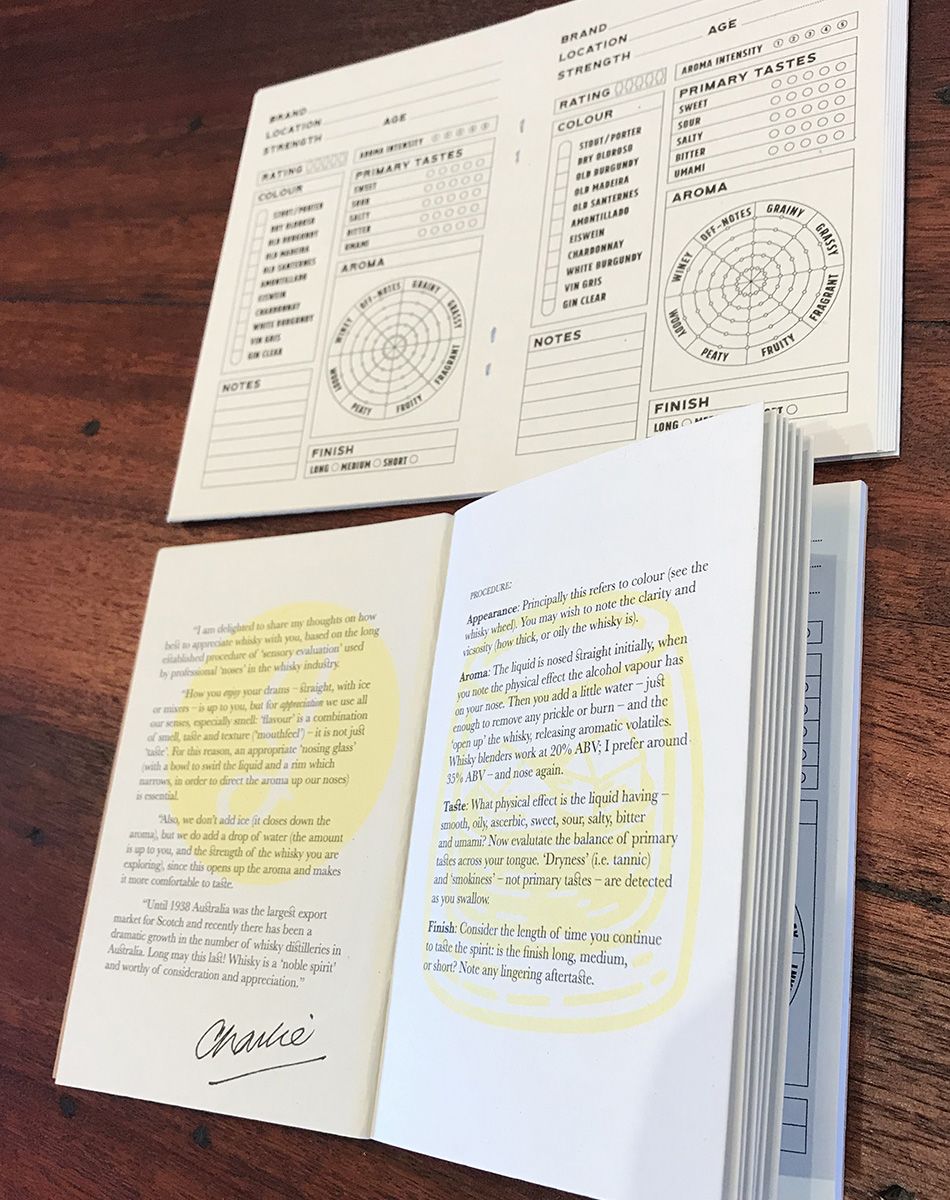
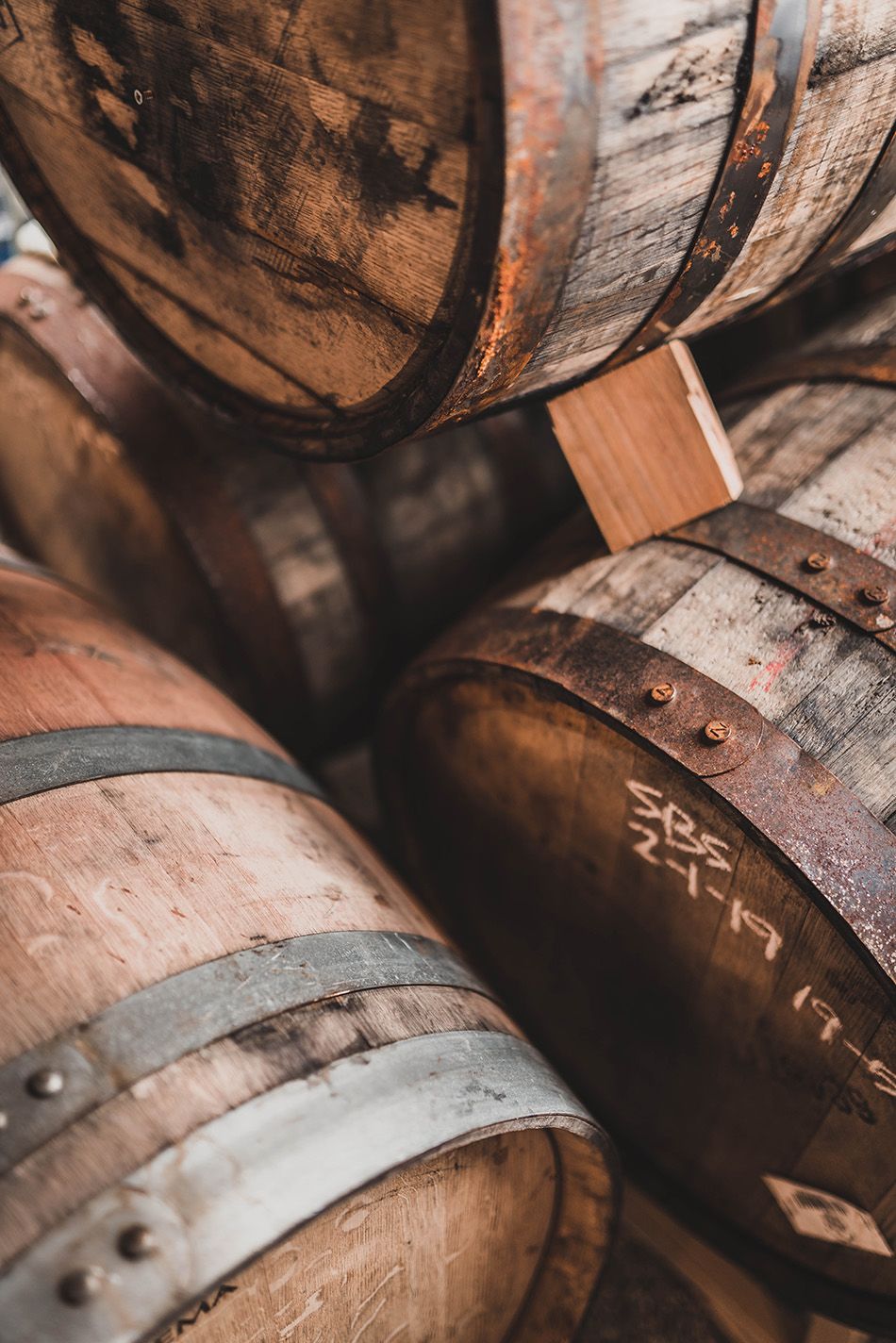
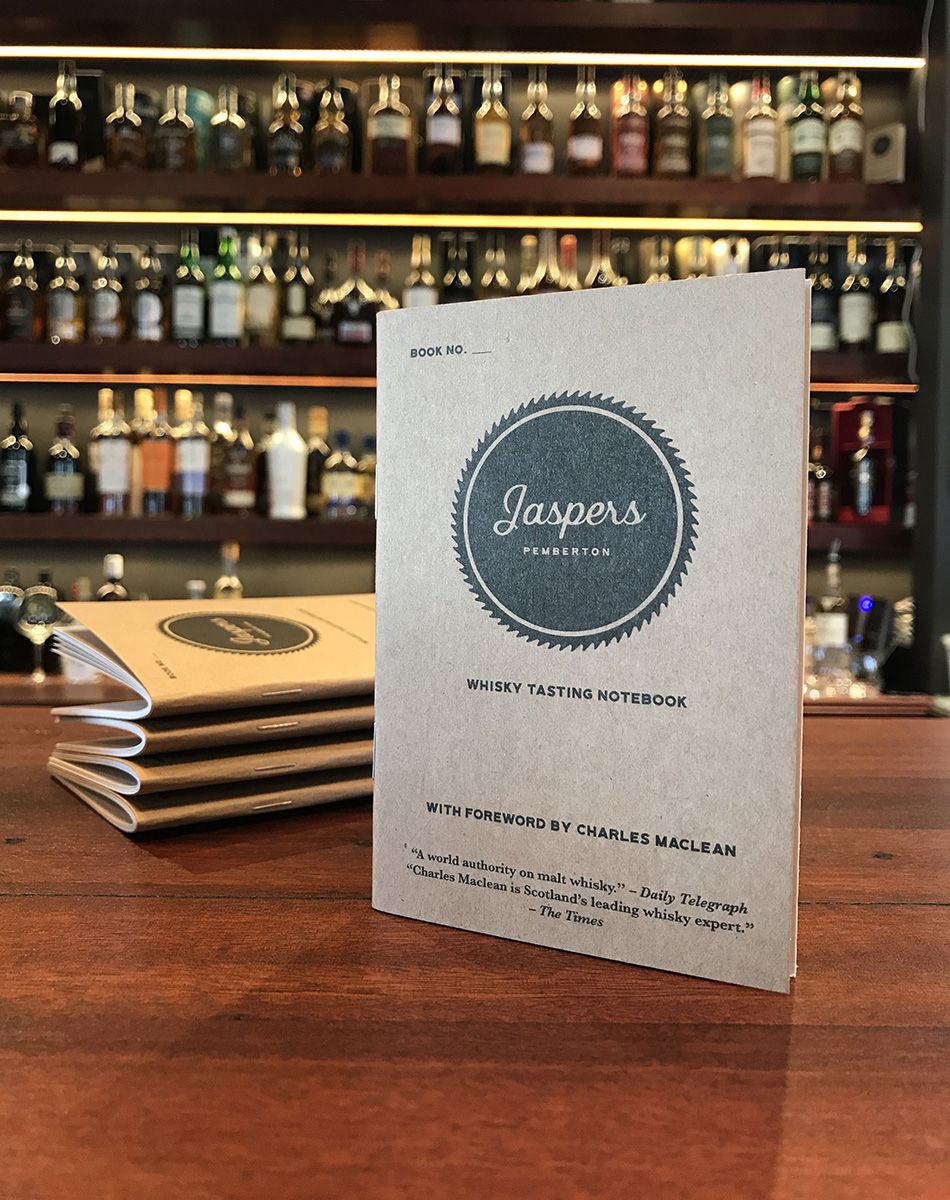
Jaspers Whisky Tasting Notebook, with a foreword by Charles MacLean MBE, and available online or in our bar. A pocket-sized treat.
Jaspers Whisky Tasting Notebook, with a foreword by Charles MacLean MBE, and available online or in our bar. A pocket-sized treat.
“It is true that whisky improves with age.
The older I get, the more I like it.”
– Robert Black
No. 5 – Copper stills
Just as the flavours found in the types of wood used for class affect the flavour, so does the still it's made in.
Shorter stills with less copper produce slightly oiler, sweeter, heavier whisky, while taller stills produce lighter variants. Stills are where the alcohol vaporises out along what's called the 'Lyne arm' to a condenser. As the alcohol vaporises at 173˚ F, it rises up and, along the way other ingredients hitch a ride, such as esters, phenols and fusel alcohols. In taller stills, these 'hitchhikers' are likely to fall away as they are heavier than the ethanol, so shorter stills will produce a different flavour than taller ones.
When a whisky is then double-distilled, the wash is distilled again which concentrates the alcohol and refines the flavours further. Repeat this process way too much and you'll end up with something resembling vodka!
No. 6 – Time:
Finally, time is our final ingredient.
The longer the whisky is aged, the smoother and more complex its flavour will become.
Often this involves moving the maturing spirit from one cask type to another, which adds more flavour types and profiles. Some of the finest whiskies are aged for decades, allowing the spirit to take on rich, deep flavours that are impossible to achieve through any other means.
'Time' doesn't make a whisky good or bad, but it does affect the end result. Time also gives us what's called the 'angels share', where liquid evaporates over time before it's bottled and finally sealed.
For a great introduction to whisky, try the Jaspers Whiskey 101 flight, which unfolds the flavours and stories behind three of the finest, smoothest whiskies; Dalwhinnie 15; Glenfiddich 12; and Auchentoshan Three Wood.
Each ingredient plays a critical role in the final flavour and character of the spirit, and by carefully choosing the right grains, water, yeast, casks, time, and stills, distillers are able to produce whiskies that continue to surprise with their specific mix of each of those six ingredients.
Just as you can create over 900 million variations with just six LEGO bricks, the possibilities of any precise mix of those six ingredients are limitless, offering us always new and exciting variations to enjoy.
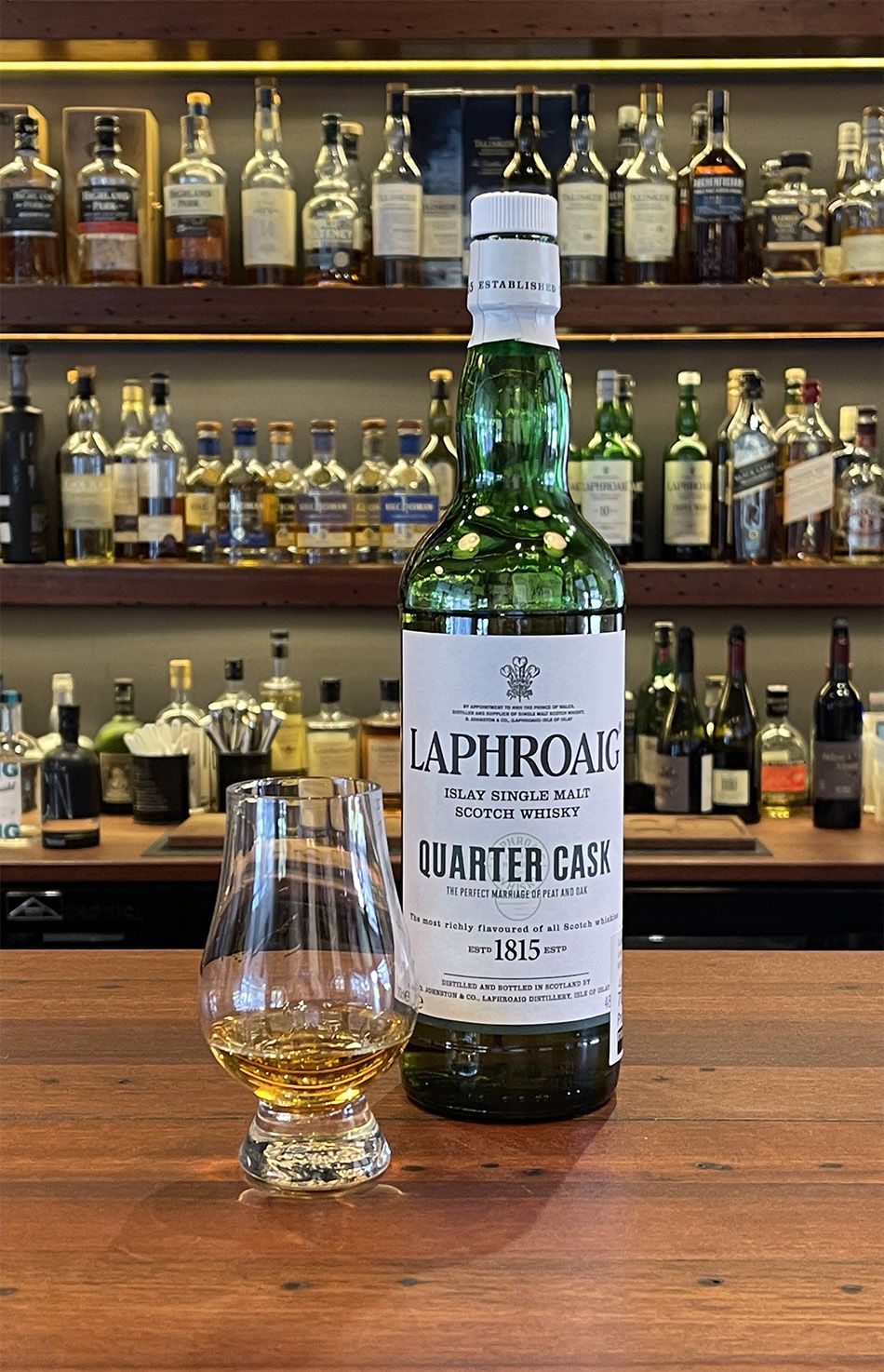
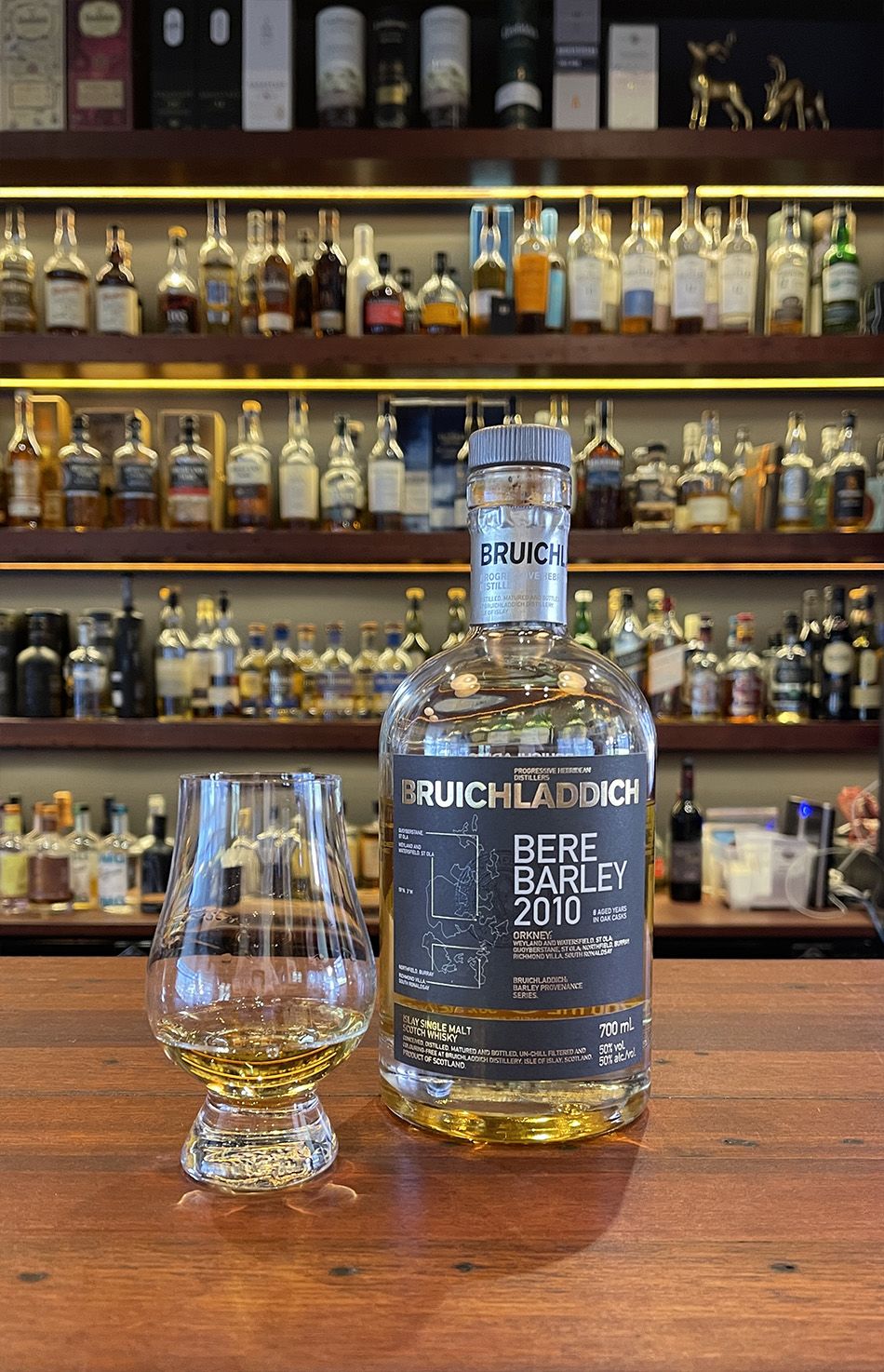
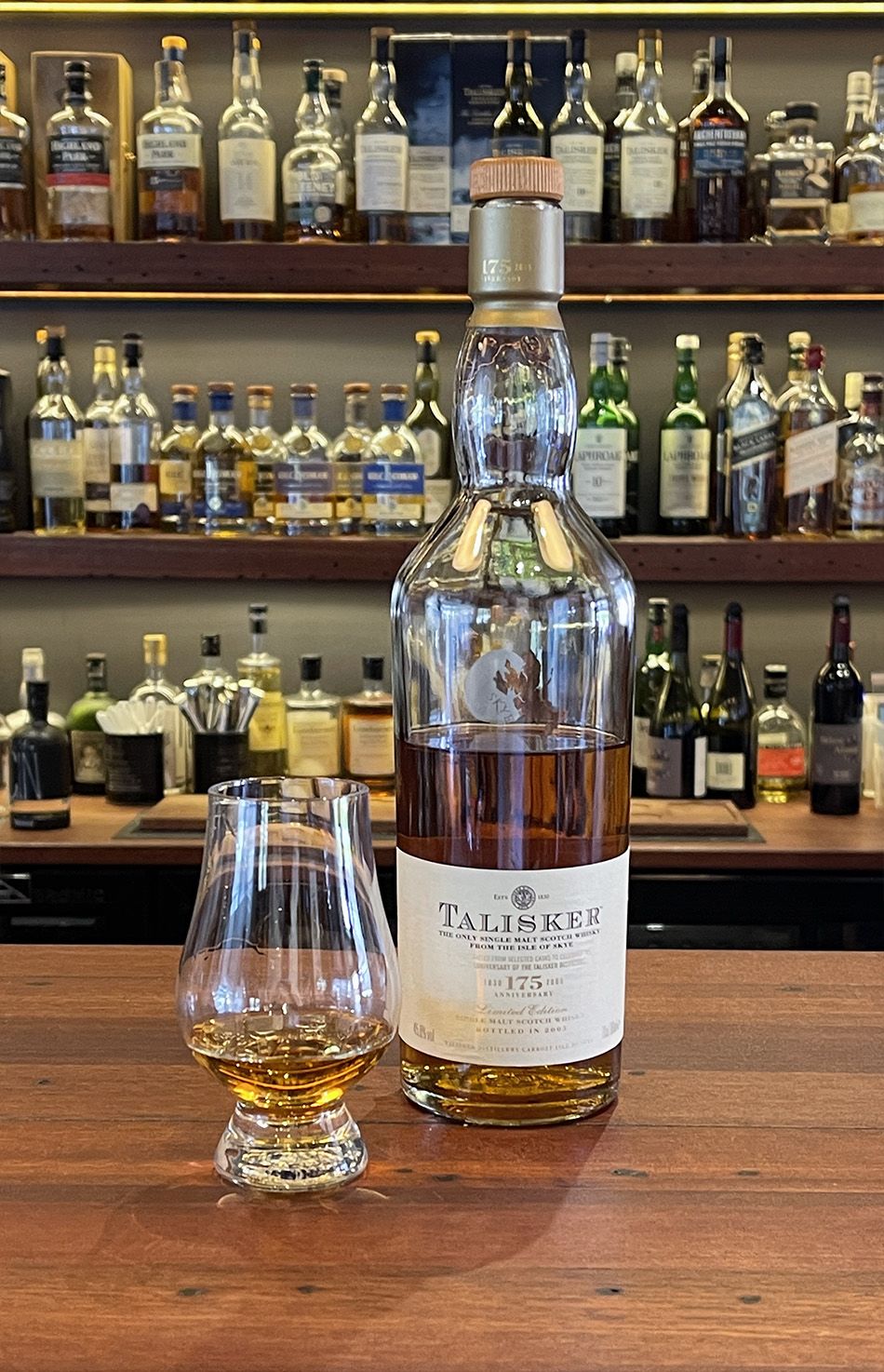
Jaspers Whisky & Bourbon Flights
We offer around a dozen different flights on our menu at any one time, ranging from the more introductory flavours to deep and complex combinations.
For the beginner, the gentler tones of our 'Whisky 101' and 'Whisky 102' offer fantastic introductions to Scotland's finest export.
The more adventurous palette can take an olfactory and sensory journey with carefully selected trios that unfold stories together, such as our 'Rabbie Burns' flight; drawing drams from where he lived throughout Scotland (and do order a Deep Fried Mars bar to complete the story); 'Pure & Simple' with a trio of Tasmanian whisky from Overeem; and our 'Outer Edges' which takes inspiration from our exclusive Jaspers Whisky Flavour Chart.
We also have a number of special flights that will only ever appear once, such as 'Myths & Legends' which is comprised of three 2021 Diageo Special Releases, and our very special 'Old & Rare' – Linkwood 37yo, Glengoyne 21yo, and Highland Park 25yo.
For a next-level tasting experience, we also pair select whisky with chocolate from Southern Forests Chocolate – think Old Pulteney which has notes of sea spray from its location, and deep caramels from its ageing, coupled with salted caramel chocolate. Divine.
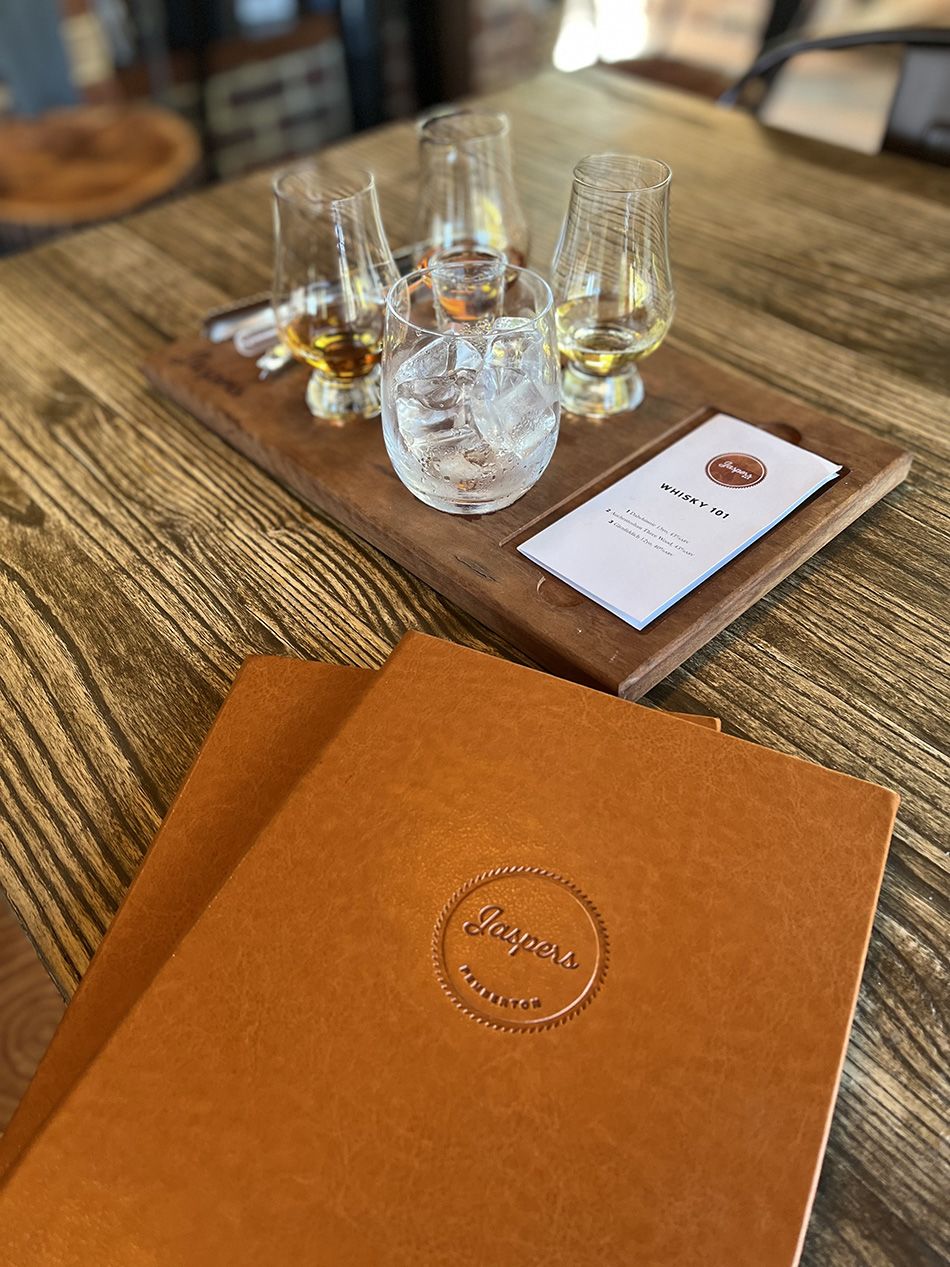
Jaspers Pemberton:
Reservations by SMS on 0403 610626
